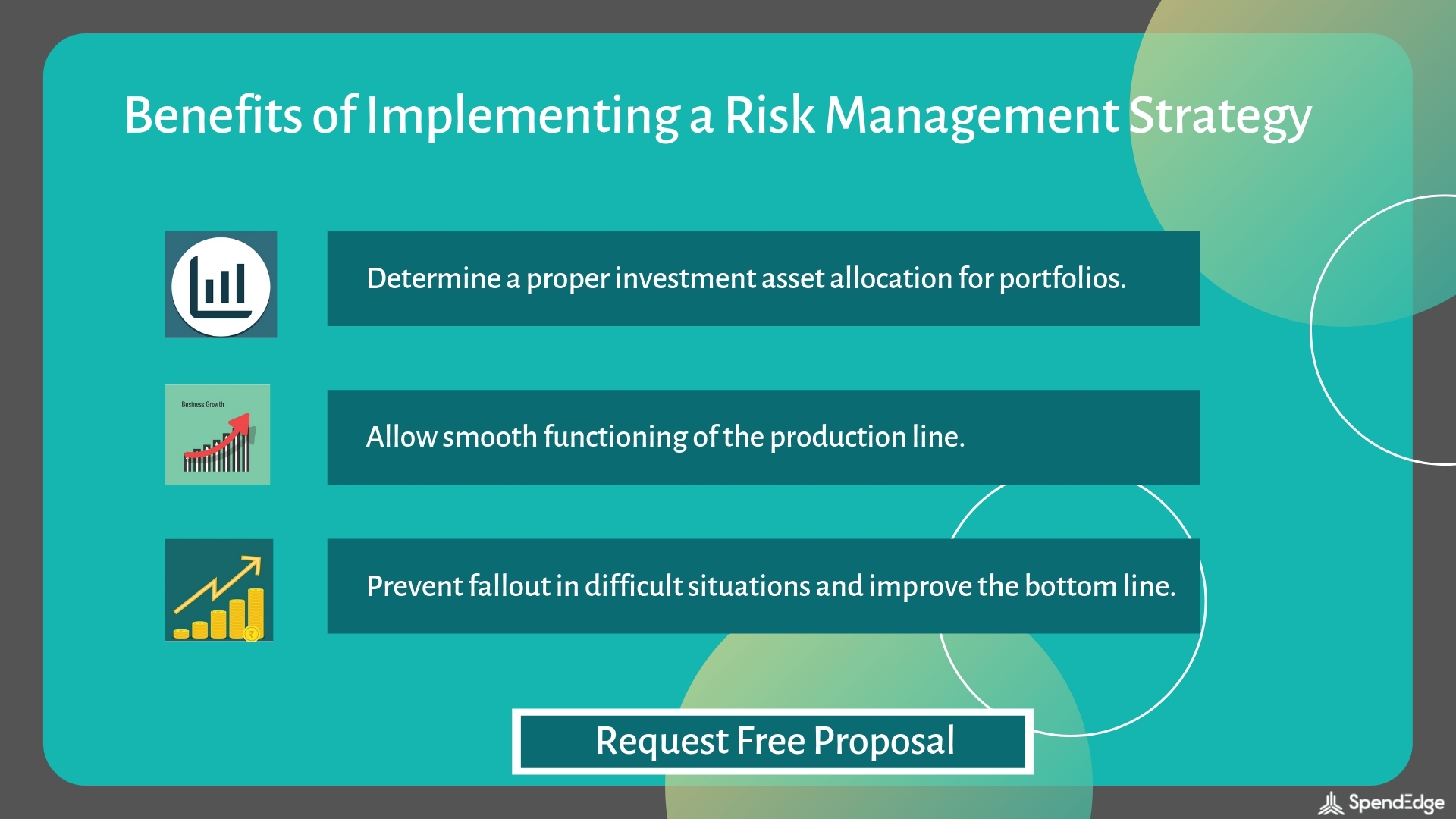Unlocking the Real Importance of Risk Management for Sustainable Growth
Unlocking the Real Importance of Risk Management for Sustainable Growth
Blog Article
The Important Relevance of Risk Management in Achieving Business Objectives
This is where Risk Management steps in, offering a structured strategy to identifying, evaluating, and mitigating possible obstructions to advance. As we check out the important function of Risk Management in achieving organizational goals, one can't help however wonder: how does this equate right into real-world success?
Recognizing the Concept of Risk Management in Organization

The Essential Duty of Risk Management in Strategic Planning
Integrating Risk Management into critical planning acts as a secure for organizations, anchoring their long-term strategies with a strong structure of preparedness and durability. It operates as the company's radar, discovering possible threats and vulnerabilities that might interrupt the path towards accomplishing their mentioned purposes. Risk Management uses a framework for expecting uncertainties and developing ideal feedbacks, ensuring the company's survival and success also despite difficulty. By integrating Risk Management into calculated planning, companies can change these uncertainties into opportunities for growth and advancement. This critical interweaving of Risk Management cultivates adaptability, making organizations more robust and enabling them to navigate the ever-changing company landscape confidently. Risk Management comes to be a vital device in critical preparation, instrumental in safeguarding lasting success.

Methods for Identifying, Assessing, and Prioritizing Threats
Browsing the complex landscape of threats needs the application of certain strategies for their prioritization, identification, and analysis. The procedure begins with Risk identification, employing devices such as SWOT evaluation, which aids in pinpointing prospective dangers and chances. Next off, Risk assessment is carried out to determine the prospective effect and possibility of each Risk. Tools such as Risk matrices and impact-probability graphes are made use of for this. Lastly, dangers are focused on based on their potential influence and chance, enabling organizations to focus their sources on high-priority risks. This systematic approach makes certain an extensive understanding of the Risk landscape, enabling companies to make informed choices and properly handle dangers to attain their goals - importance of risk management.
Protecting Business Procedures Via Effective Risk Management
In the service landscape stuffed with unpredictabilities, efficient Risk Management plays an essential role in protecting organizational operations. By recognizing and evaluating potential hazards, Risk Management enables companies to develop robust contingency plans. Organizations must spend in detailed Risk Management techniques to secure their procedures.

Transforming Potential Threats to Opportunities: The Power of Risk Management
A proactive method to risk Management involves recognizing, evaluating, and focusing on threats to devise techniques that transform this content them into prospective benefits. Hence, by leveraging the power of Risk Management, companies can not just secure their operations yet also spur development look at more info and accomplish their objectives in an unforeseeable organization setting.
Case Studies: Success Stories of Risk Management Driving Organization Objectives
Effective application of Risk Management techniques has actually yielded remarkable lead to numerous businesses, emphasizing the values of this strategy. International business like Microsoft and Google, for example, have leveraged Risk Management to reduce threats and exploit chances, driving their organization objectives onward. Microsoft's positive Risk Management technique assisted it pivot quickly throughout the 2020 pandemic, transitioning to remote work efficiently, thereby keeping performance. Google, by assessing and alleviating possible dangers in its cloud-based services, has actually made certain undisturbed service, therefore strengthening client depend on. These examples illustrate how successful Risk Management can not only steer organizations free from prospective pitfalls however also guide them towards their tactical purposes. Hence, Risk Management is essential to the pursuit of organizational objectives.
Verdict
In verdict, Risk Management is essentially essential in achieving business objectives. By including Risk Management into strategic preparation, services can much better browse uncertainties, safeguard operations, and capitalise on chances, consequently aligning with long-term purposes.
At its core, Risk Management is the procedure of determining, assessing, and addressing potential dangers that can negatively affect an organization's procedures or objectives. Next, Risk analysis is performed to identify the possible influence and probability of each Risk. Dangers are prioritized based on their prospective effect and possibility, allowing click here for more info companies to focus their sources on critical dangers. By determining and examining potential threats, Risk Management makes it possible for companies to establish durable backup plans. A positive strategy to risk Management involves recognizing, assessing, and prioritizing threats to create strategies that turn them right into potential advantages.
Report this page